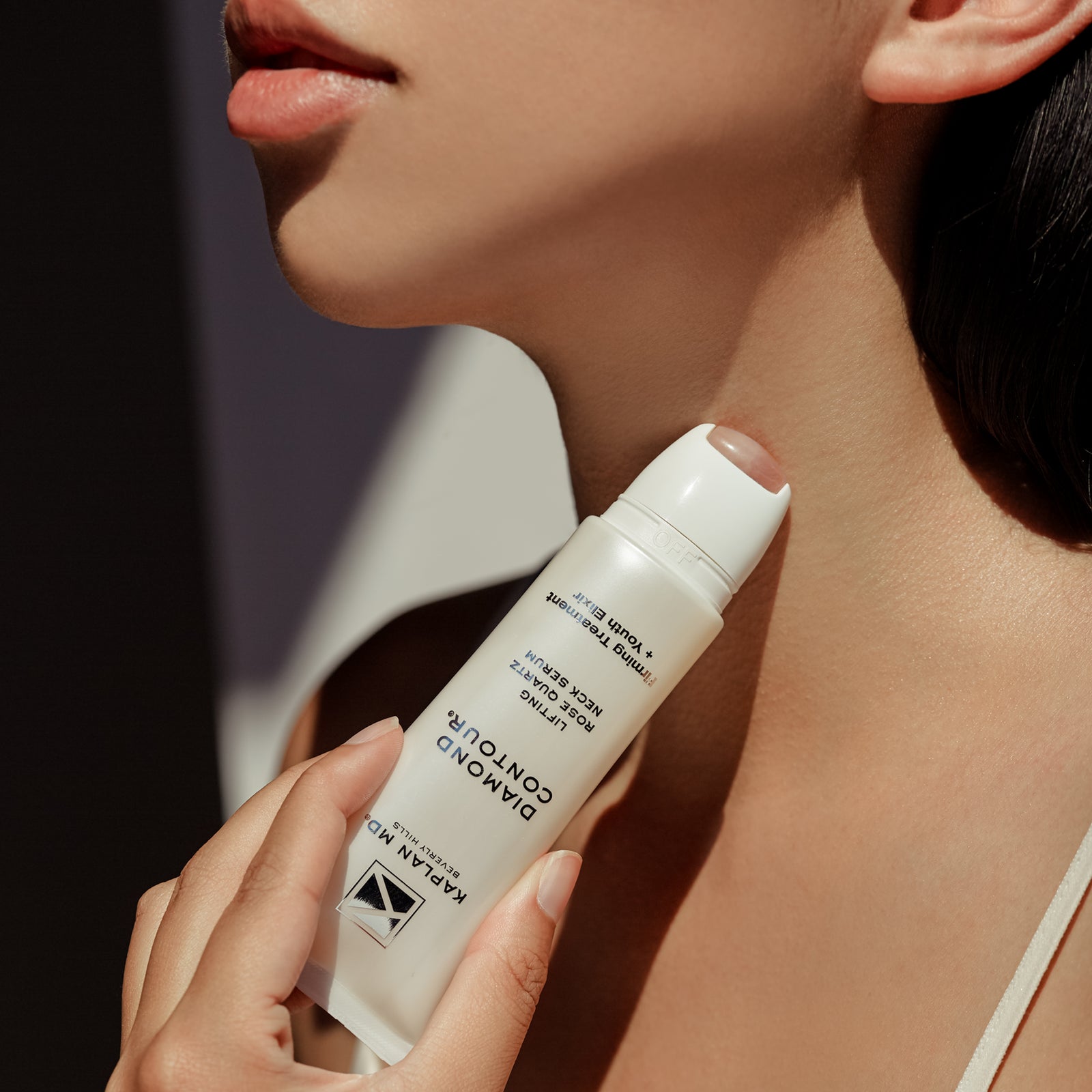Dr. Kaplan – Molluscum Contagiosun
MOLLUSCUM CONTAGIOSUM
Molluscum Contagiosum (MC) is a common skin disease caused by a virus that spreads easily between people and is usually harmless. It does, however, cause growths that can form anywhere on the skin, and appears between one week and several months after contact with the virus.
APPEARANCE
MC causes growth on the skin that tends to be:
- Small
- Shiny
- Round or dome-shaped
- White, pink, or flesh-colored
- Dimpled or indented in center
- Smooth
- Firm
The growths can become red and swollen. Sometimes they even feel sore or itch, but this is less common.
In people with weak immune systems, the growths may be very large in size and number, especially on the face.
Most people see growths on areas of skin that touch, such as when you bend your arm or on the groin. It can appear in a row, or group together on the chest, abdomen, buttocks, face, or eyelids.
HOW IT SPREADS
People can get this virus by:
- Having direct skin-to-skin contact with someone who has molluscum
- Toughing an object or clothing previously touched by someone with molluscum.
If you have molluscum, you can spread it to other parts of your body by rubbing or scratching a growth then touching the unaffected skin. To prevent spreading the virus, you should avoid picking and scratching the bumps.
You may also prevent the spread of the virus by keeping the growths clean and cover it with clothing or bandage.
MORE COMMON IN CHILDREN
Children are more likely than adults to get MCs, because they naturally have more skin-to-skin contact with others. However anyone exposed to the virus can get this disease.
People with higher risk include those who:
- Participates in close contact sports such as wrestling
- Has sexual contact with an infected person
- Lives in a warm and humid area
- Has eczema
- Has a disease that weakens the immune system (e.g. HIV)
TREATMENT
MC can clear on its own without leaving scars, but this may take months or even years, so a treatment is often recommended. Sometimes doctors may not recommend treatment.However MC can multiply quickly, spread to other parts of the body and to other people, making treatment difficult.
Treatments for MC include:
LIQUID NITROGEN
Freezing the growth.
TOPICAL MEDICINE
Acids or blistering solutions can be effective.
ELECTROCAUTERY AND/OR CURETTAGE
An electric needle is used to destroy the growths and removed with a curette.
LASER THERAPY
Best for people with weak immune system. If you have many growths, you may need treatment every 3-6 weeks until they disappear.
Sometimes a medicine will be prescribed to use at home. This is strong medicine, so be sure to apply as directed.
During treatment some growths may appear as others are fading. This is normal. It is important to continue to have all growths treated so they do not continue to spread.
TREATMENT FAQS
If the biopsy report says your mole is a typical nevus, you do not have skin cancer. An atypical nevus (sometimes referred to as a “dysplastic nevus”) is a mole that does not look like a normal mole but it is not a cancer either. To the naked eye an atypical mole can look like a melanoma. These moles also have a higher risk of progressing to melanoma. You dermatologist will determine if the mole requires any further treatment.
- WHAT ABOUT TREATMENT THAT YOU CAN BUY ONLINE?
Treatments that you buy online can be ineffective or even harmful. Seeing a dermatologist for accurate diagnosis and treatment is best. - SHOULD CHILDREN BE TREATED?
If there are only few growths, you can sometimes wait for it to disappear on their own or use only non-invasive treatments. However if they spread quickly, it’s a good idea to see a dermatologist. - WILL IT COME BACK?
It is possible to become infected again with this virus. The condition is generally easier to control if treated early, especially when the first growths appear.
All content solely developed by the American Academy of Dermatology.








